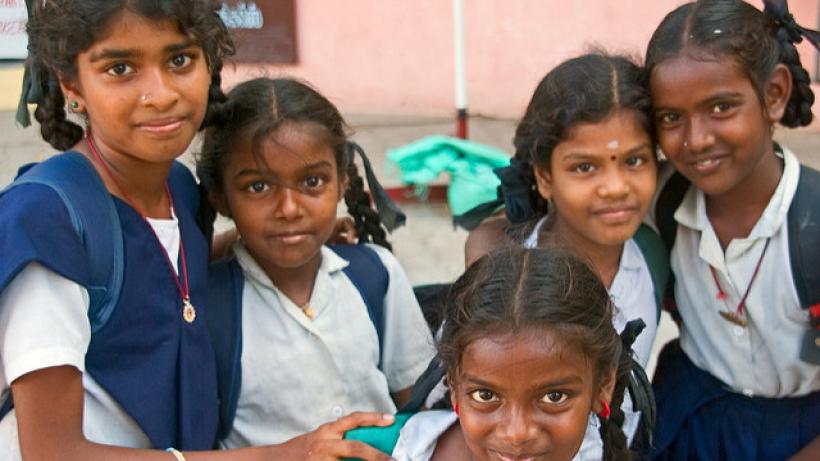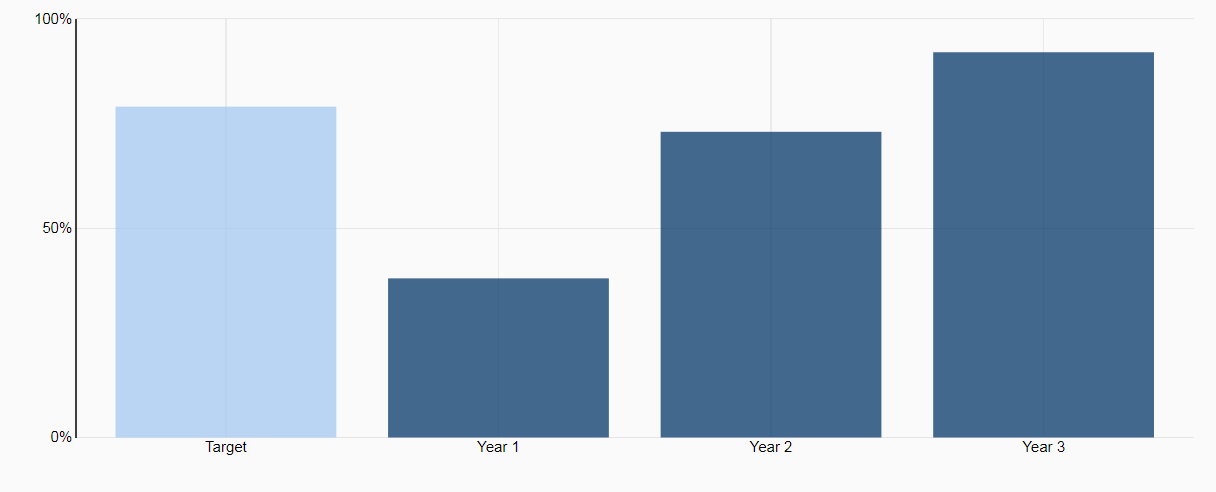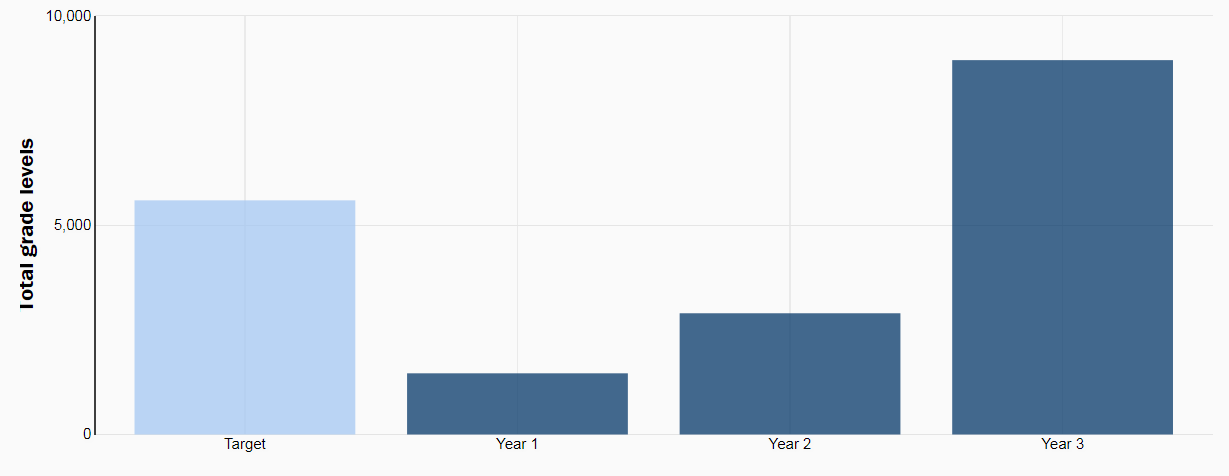
World’s first development impact bond
About three years ago, an experiment in the financing and delivery of a programme aimed at increasing girls’ school enrollment and achievement began in Rajasthan, India. In this rural area, where agriculture is the main form of subsistence, one in 10 girls aged 11-14 are kept out of school, for reasons such as contributing to the family income or caring for siblings. A local non-governmental organisation, Educate Girls, has spent the past decade aiming to achieve “behavioural, social, and economic transformation” so that girls have access to quality education. In 2015, the organisation became part of a development impact bond (DIB), a mechanism which harnesses private risk capital so that a third party such as a donor agency or a foundation is able to pay only for the achievement of agreed-upon outcomes.
Brookings has been following this DIB since its inception and learned that the final results of the Educate Girls DIB show impressive gains in both enrollment and learning outcomes, with a marked increase in the third year. The quality of girls’ education is a particular concern in rural Rajasthan, where, in 2011, the female literacy rate was just 52%, compared to 79% for men, and below the national average of 65% for women.
The DIB structure
With $270,000 in upfront capital from the UBS Optimus Foundation, the service provider, Educate Girls identified and encouraged enrollment for out-of-school girls, as well as providing learning interventions focused on a child-centric curriculum. Instiglio provided performance management support to Educate Girls throughout the course of the DIB, and the final results were verified by evaluator IDinsight. The outcome funder, the Children’s Investment Fund Foundation, will repay UBS their principal, along with an internal rate of return of 15%.
Final results of the DIB
The impact bond was judged against two metrics: student enrollment and learning outcomes. The first metric, which accounts for just 20% of the outcome payment, measured the percentage of out-of-school girls aged 7-14 enrolled in school over the course of three years, against a target of 79%. In year one, the intervention was nearly halfway to this target, with 38% of out-of-school girls enrolled, and by year two, the target had nearly been achieved, with an enrollment rate of 73% (Figure 1). By the end of year three, Educate Girls had surpassed the target, enrolling 768 girls, or 92%. Enrollment was independently verified by IDinsight.
Figure 1: Out-of-school girls that enroll in school as a proportion of all out of school girls aged 7-14 identified over the course of the three-year programme
 Source: The Brookings Institution
Source: The Brookings Institution
Student learning outcomes, which make up 80% of the outcome payment, were measured for girls and boys using the ASER test for English, Hindi, and Maths, in which students receive a grade between A-E for each subject. Using a randomised controlled trial, IDinsight compared the progress on this test for children receiving the intervention to those in a comparison group. The target over the three years was a combined increase of 5,592 learning levels for the students receiving the intervention, above the comparison group. This target proved much more difficult to achieve in the first two years, with only 52% achieved by the end of year two. The final year of the DIB saw a huge increase in learning outcomes for the students receiving the intervention: by the end of year three, this group had improved their test performance by 8,940 more learning levels than the comparison group, equivalent to 160 percent of the target (Figure 2).
Figure 2: Improvement in learning levels
ASER test in Hindi, English, and Maths for boys and girls compared to the comparison group
 Source: The Brookings Institution
Source: The Brookings Institution
What happened between years two and three?
With the learning outcomes lagging in year two, several adjustments were made to the intervention to boost students’ success. Structural changes to delivery, such as an increased number of sessions, and teaching groups aligned with competency levels, were combined with improved curriculum content, emphasising personalised learning. Additional updates included home visits for persistent absentees and further training for teachers. With a focus on outcome metrics and improved performance management, Educate Girls were able to respond to new information to improve their service provision.
Conclusions and looking forward
The success of the Educate Girls DIB provides a variety of interesting lessons for the global audience. The first DIB for education overachieved relative to the targets for enrollment and learning outcomes, demonstrating the success of the Educate Girls intervention, and earning a return on investment for UBS Optimus Foundation. The focus on outcomes within the DIB structure and the role of performance management supported the service provider to learn from and respond to new information.
However, while this deal aimed to serve as a proof of concept for impact bonds, it is important to note that the results of the evaluation demonstrate only that the intervention was a success. The field still lacks rigorous evidence comparing the DIB financing mechanism to other ways of paying for social services. Impact bonds remain a complex and time-intensive mechanism for contracting services, and decision-makers must ensure that contracting on outcomes, and engaging private investors, are the right options for the problems they are trying to solve. Efforts to streamline this process, such as the Education Outcomes Funds for India, and Africa and the Middle East, offer one potential solution. Additionally, future DIB architects will need to think carefully about the role of the domestic government, and the sustainability of outcomes after the end of the contract, for example by ensuring that the government is engaged, and can share in the learning and capacity building.
Editor’s Note: This piece was originally published by the Brookings Institution.

